Think you know a thing or two about rabbits?
Check out the following fun facts about rabbits.
Rabbits are not rodents
Rabbits are lagomorphs. Other lagomorphs include hares and pikas. While rodents have only two incisor teeth, lagomorphs have four: two pairs of incisors, one set behind the other.
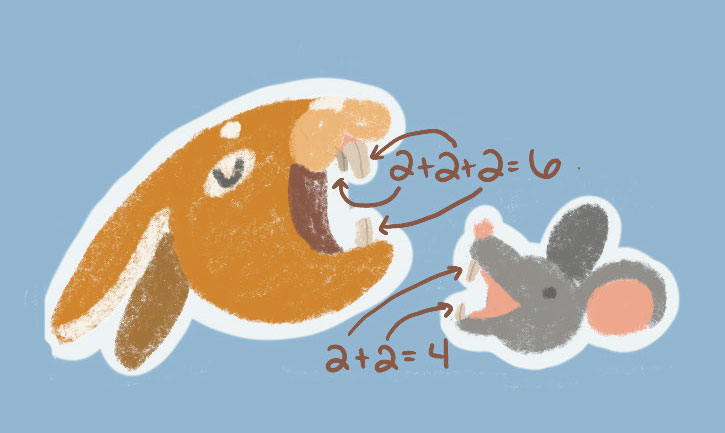
Rabbits can live to be 14 years old–or older
With advances in dietary and medical knowledge, a well-cared-for house rabbit who has been spayed or neutered early in life can have a life expectancy of 8 to 14 years–or more.
Rabbits are crepuscular
This means they are most active at dusk and dawn, when other animals’ vision is poor.
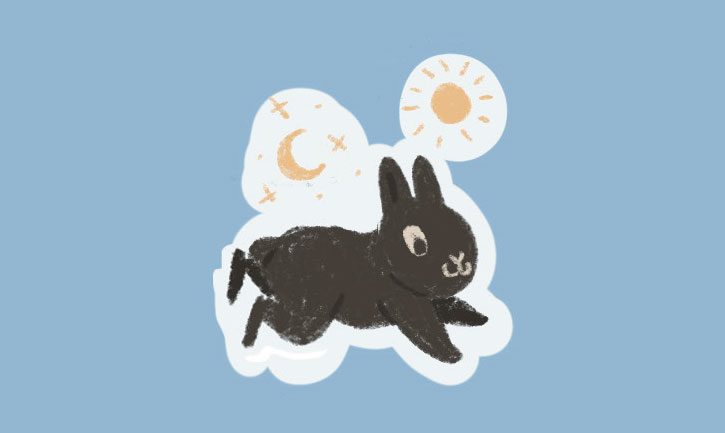
The gestation period for a rabbit is 28-31 days
A rabbit can get pregnant almost immediately following giving birth, so it is possible for a momma rabbit to have more babies within a month of her previous litter, while still nursing her first litter.
Rabbits have a blind spot in front of their nose
Rabbits have monocular vision because their eyes are located on the sides of their head, leaving them with a 10 degree blind spot in front of their nose.
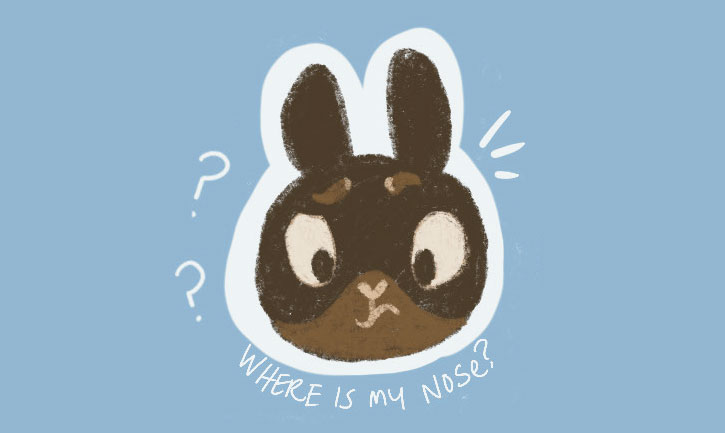
What’s the difference between a rabbit and a bunny?
Not a thing. A rabbit is a bunny and a bunny is a rabbit. A baby bunny is actually called a “kit.”
A rabbit can produce up to 800 offspring a year
A single pair of intact rabbits and their intact subsequent offspring can produce a colony of over 1,300 rabbits within 18 months.
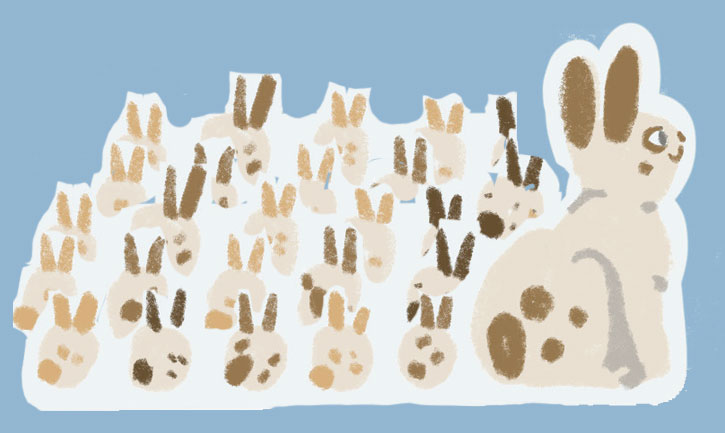
The average rabbit litter size is 5
While the average rabbit litter size may be 5, there is a huge variation and can range from 1-14 kits.
A rabbit’s teeth never stop growing
Never ever. When properly aligned their upper and lower teeth grind against each other, keeping them the correct length and enabling rabbits to eat a tough herbivorous diet–consisting of lots of woody and fibrous plants. But, if their teeth are miss-aligned, it can result in severe health problems.
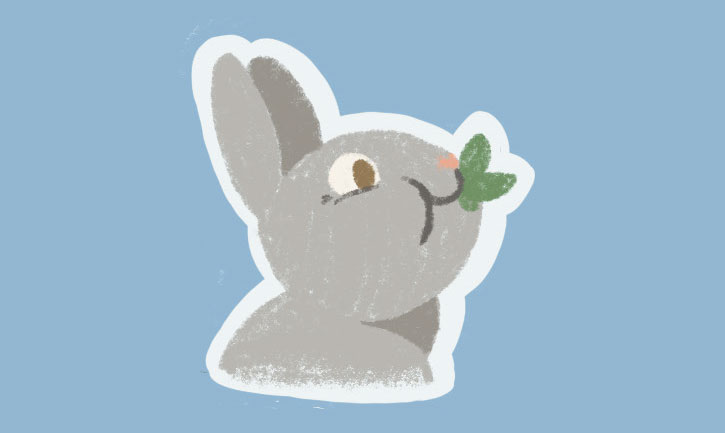
A group of wild rabbits is called a fluffle
Rabbits are social creatures who usually choose to live in groups when given the chance. A “warren” is the name given to the place where a “fluffle” lives. Some people also call a group of rabbits a “colony.”
Rabbit acrobatics are called ‘binkies’
When happy, rabbits are capable of giant leaps, kicks, and twists in midair. This happy leap is known as a “binky.”
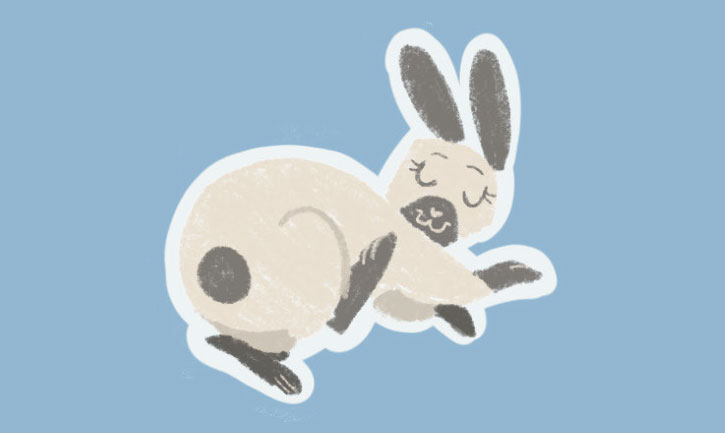
Rabbits are basically like little horses
Or horses are like enormous rabbits. They both are prey animals. Both species are single-stomached herbivores; have teeth that continue to grow in length throughout their lives; and have eyes on the side of their heads, to watch for predators. Neither species can vomit. Both rabbits and horses communicate their emotions with their ears.
Rabbits can purr
Like cats, happy rabbits purr when content and relaxed. The sound comes from teeth chattering softly. It is often felt by their person during petting sessions, rather than heard.
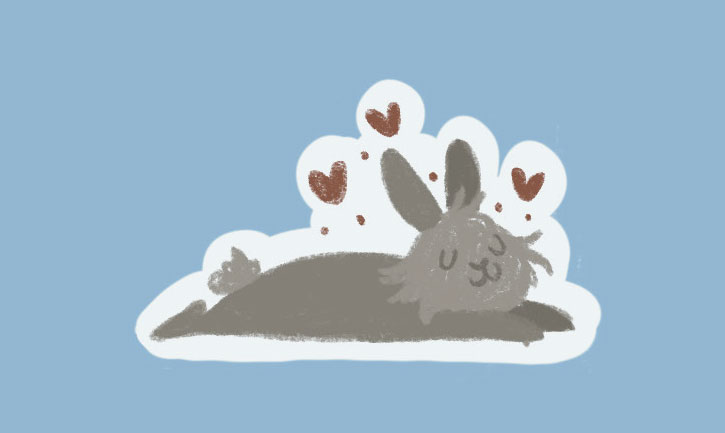
Sign up to Our Newsletter!
Sign up for web update alerts and our monthly e-newsletter
to stay current on HRS, our Chapters, and info for your bunny.




